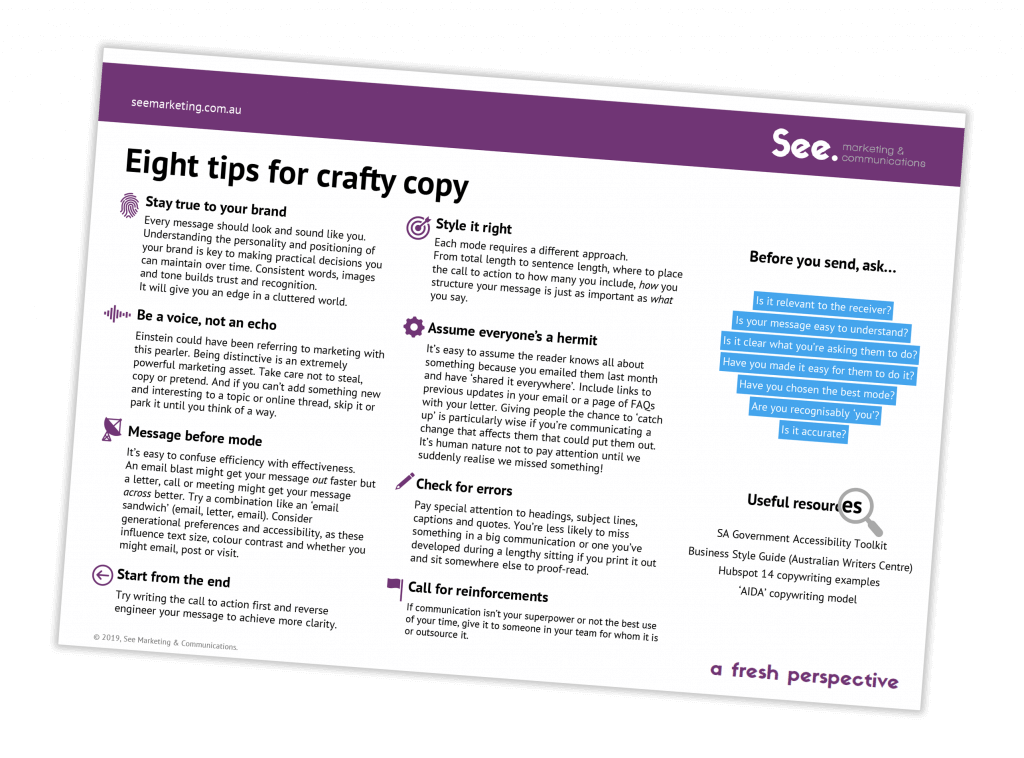I remember the first time I considered what’s involved in getting a product to market.

The idea of self-heating cans was this: a person could take a can from the pantry shelf or pick one up at a train-station vending machine and simply push a button to trigger a chemical reaction that would heat the liquid inside.
Ultimate coffee convenience on the go.
But a big part of making sure a product is market ready is understanding how people experience it. And there were challenges for this innovation.
- With heating, came noise. Enough noise to attract the concerned attention of people nearby. Never a good think to have a hissing metal container in the hands of a stranger on a bus.
- Inconsistent heating. Variances in outside temperature affected the end temperature of the drink and the can itself. Sometimes too cold, other times uncomfortably hot.
- Availability, taste and appeal of substitutes. Sure it’s faster than lining up for a barista-blend, but the trade off between taste, variety and convenience is important to consider.
- Product form. We simply aren’t used to drinking hot drinks from a can. Cans are for icy beers and cola. And if you think about cold coffee drinks, they hit the shelves in screw-top PET bottles, tetra-packs and glass. Not cans. It’s possible, but very hard to shift entrenched habits.
Search for self-heating cans. You’ll get photos – I couldn’t legally include one here – and a breakdown of the chemical heating process and news stories including Nescafe’s take on why it abandoned the idea after investing more than $20 million in research and development, marketing and production.
It takes more than an innovative idea to create a winning product. Market testing is an important step in the process of getting any product or service to market. Understanding the customer journey is critical.



